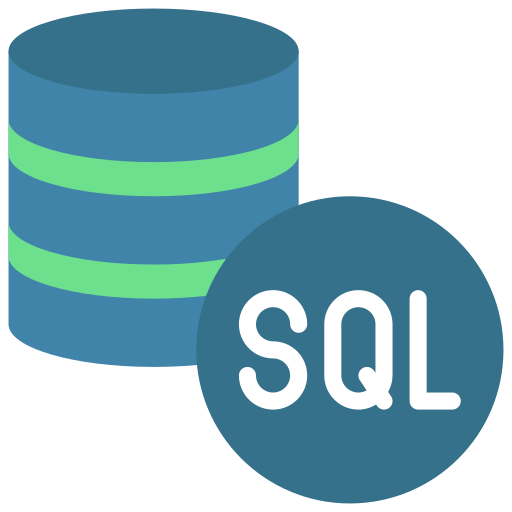Building Powerful Digital Solutions That Scale
We're passionate about building innovative solutions that drive real business value. With over 18 years of experience, we've helped companies across various industries transform their digital presence.
React, Next.js, PHP, Symfony
Clean, maintainable code
Front-end to back-end
What We Do
We help tech-driven businesses build, optimize, and scale with smart development and growth strategies. Whether you're starting from scratch or leveling up legacy systems — we bring the expertise to move you forward.
Code Quality Consulting
Identify bottlenecks, boost performance, and level up your codebase with expert audits.
Legacy Code Optimization
Breathe new life into outdated systems with smart, efficient modernization.
Custom Software Development
Tailored, scalable solutions built to grow with your business.
Web Application Development
Fast, responsive, and user-first web apps that perform across devices.
Tech Stack Strategy
Build on solid foundations—choose the right tools for speed, scale, and stability.
Digital Transformation
Future-proof your operations with expert guidance through every phase of digital change.
Technologies We Excel In


PHP & Symfony
Expert backend development with PHP 8 and Symfony 6+


React & Next.js
Modern frontend with React 18, Next.js 14, and TypeScript


Cloud & DevOps
AWS, Docker, CI/CD pipelines, and infrastructure automation

Database & API
MySQL, PostgreSQL, MongoDB, and RESTful/GraphQL APIs
Industries We Serve
With over a decade of experience across diverse sectors, we bring deep industry knowledge to every project. Our solutions are tailored to meet sector-specific challenges while driving innovation.
E-Commerce & Retail
Building scalable online stores and retail management systems with focus on performance and user experience.
FinTech & Banking
Developing secure, compliant solutions for financial services, from payment processing to banking applications.
Healthcare & MedTech
Building secure and innovative healthcare platforms that enhance patient care and streamline medical workflows.
Real Estate & PropTech
Streamlining property management and real estate operations with modern digital solutions.
Education & E-Learning
Building engaging learning platforms and educational technology solutions that enhance the learning experience.
Travel & Hospitality
Developing booking systems and travel platforms that prioritize user experience and efficiency.
Let's Work Together

Sandor Farkas
Let's discuss how we can help you achieve your goals.
